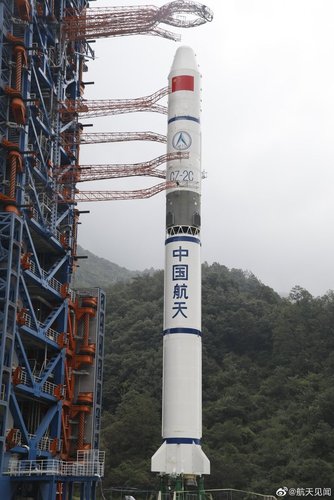some of issue i notice
China is working on new manned Spacecraft design
Strong indicator is that last Shenzhou flight was in 2016 four years ago.
referring to that are this pictures of design model of capsule who made test flight in 2016.
It would make sense if China goes for second Generation spacecraft for it future plans
Like the Space station and future Moon and Mars plans, but here exaggerate the Westerner Journalist totally with absurd short schedule.
China has it own procedure and sometimes being very slow in that.
like replacement of older toxic Long March rocket with newer generation using cleaner Kerolox and Hydrolox propellants.
2020 will be year of Chinese Space Station and new manned Spacecraft launch by new Long march rockets
They will test new hardware in space before next step the Moon so again 10 years so in 2030
so Chinese State manned mars mission would be around 2040
and maybe using the local infrastructure of SpaceX and Blue Origin or private Chinese space company who works there...












